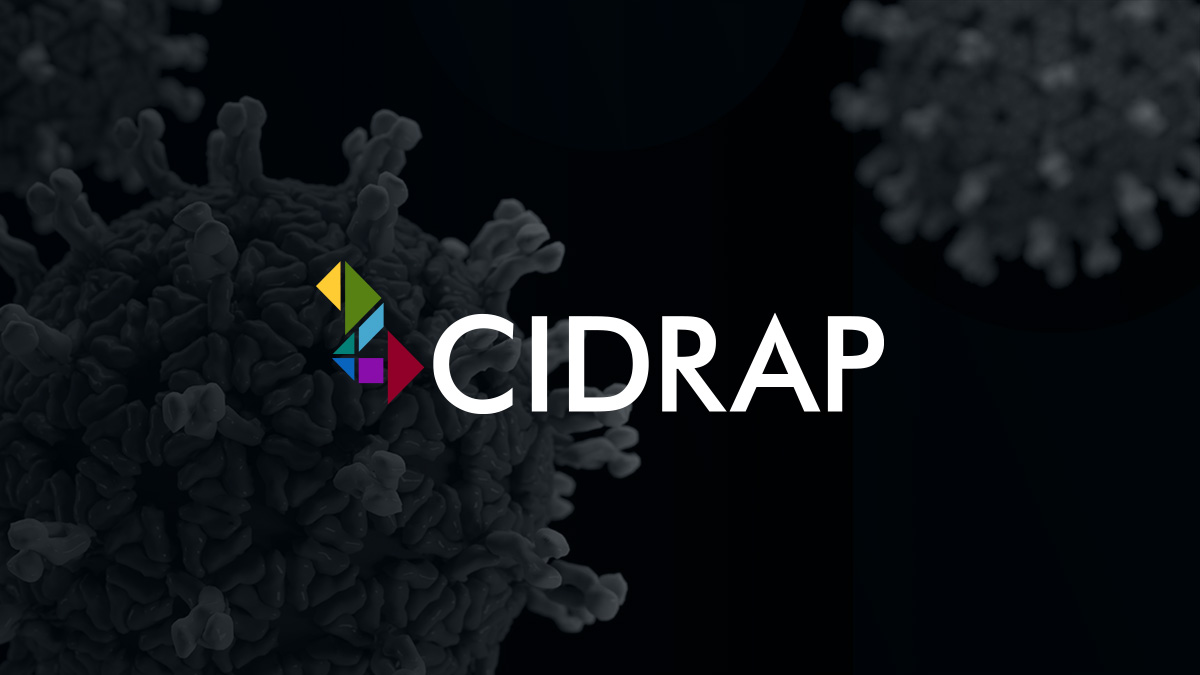
Alphabet’s life science subsidiary Verily introduced a strategic restructuring final 12 months, shifting its focus to utilizing AI and information science to enhance precision well being choices.
Andrew Trister, chief medical and science officer at Verily, sat down with MobiHealthNews to debate the corporate’s use of AI know-how, its work with tech big Google and what excites him in regards to the enterprise’s future.
MobiHealthNews: Are you able to inform our viewers about Verily and what it does?
Andrew Trister: Verily got here out of Google X in 2015. It has had a protracted historical past of trying throughout the complete ecosystem in healthcare, beginning with analysis. So, constructing units, discovering new methods to measure illness (type of the metrology drawback), and having the ability to do care supply. So, it has been largely by means of Onduo, our diabetes care administration system. After which working in care financing. So, Granular is a stop-loss insurance coverage product.
So, if you consider every of the completely different ache factors throughout how an individual will get higher care, you possibly can take into consideration the functions of getting higher measurements. That is the type of information technology query, making higher insights and data from that information after which taking motion.
And so these are all the components which were constructed for the reason that preliminary funding made by Google X, and we see ’24 into ’25 because the time the place all of these items grow to be mutually reinforcing so we are able to actually drive differentiated viewpoints on how individuals entry their care in an equitable approach after which have higher outcomes.
MHN: Does the corporate typically work alongside Google?
Trister: So, there have been numerous tasks which have began inside Google Well being Analysis which have come over into Verily to construct merchandise. A few of these have been virtually as partnerships throughout a memorandum of understanding between the 2 firms.
The most effective instance of that’s there was an algorithm that was revealed in Nature by Google Well being Analysis, trying behind the attention, so photos of the retina, to find out whether or not an individual may need diabetic retinopathy. In addition they went on to do different issues like classification of whether or not it is a male or feminine eye, issues that people could not do to display the utility of the AI utility.
However the situation with any algorithm like that’s the place does that match into the workflow as we speak, and the way do you actually convey influence to individuals? So one of many main questions that arose, and that is the place the partnership with Verily and the {hardware} excellence that’s inside Verily got here to bear, it actually got here to the purpose of how do you even receive a number of the photos of the again of the attention?
So we constructed an virtually totally automated retinal digital camera, and it is known as Verily Retinal Digital camera, and that machine permits an individual to take back-of-eye photos, after which there’s AI on prime of it. We used Google’s AI, after which we’re working with different firms which have constructed different AI fashions as effectively that may display this utility, beginning first as classification diagnostics after which on the bigger horizon. We’re excited in regards to the functions of simply what you possibly can measure much like Google’s efforts to do issues like intercourse classification.
You do not essentially want to try this from retinal photos, however perhaps there are different illnesses that we might decide from these varieties of issues. So, after getting the machine in place, what else might you do? In order that’s an space of steady dialogue.
MHN: Is Med-PaLM one thing Verily is trying to make the most of inside its choices?
Trister: We have been discussing the utility of Med-PaLM, the fashions there, and the way we would have the ability to leverage novel multimodal approaches. So there’s Med-PaLM, and clearly, there’s quite a lot of work being accomplished on Gemini. So, we’re definitely exploring what that would seem like however we’re not fastened to solely work with Google.
We have been different functions. We might be agnostic to which of the most important [genAI] fashions are on the market if we are able to discover that we’ve the best information infrastructure in place. In order that’s quite a lot of what we’ve constructed that is differentiated at Verily, completely different from, say, Azure or Google Cloud or AWS. After which what actually brings influence for individuals.
I feel quite a lot of what generative AI functions have been targeted on has been extra on the again workplace piece. We do a few of that work primarily by means of our insurer, however the place we see the most important change that may very well be made utilizing these instruments goes to be in entrance of individuals even earlier than they grow to be sufferers. So, how can we assist individuals navigate this loopy factor that’s our healthcare system?
MHN: What are you most enthusiastic about inside Verily proper now?
Trister: There are such a lot of actually robust engineering functions and actually onerous issues in healthcare that Verily has determined to only deal with head on. However a few of them previously have been type of siloed tasks.
So, issues just like the Retinal Digital camera, for example, is an incredible product, but it surely is not inbuilt a approach that, you already know, holistically drives throughout all the completely different ache factors that we see inside well being techniques. We’re now able the place we are able to begin to tie issues collectively in novel methods.
If we are able to begin to present that issues really grow to be mutually reinforcing throughout a number of completely different factors, I feel that is the place the actual worth is created for individuals as a result of they’ll stay more healthy, higher lives and never drive prices up.
Expertise has been such a serious driver of value in healthcare for many years at this level, that this will likely find yourself bending the fee curve if we run it down far sufficient into the longer term.







